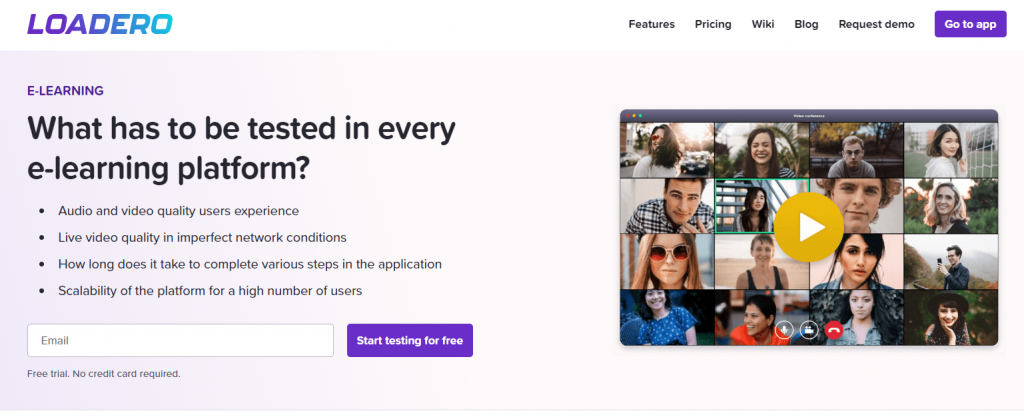The short month of February was a time of intensive work in Loadero, and while some of the biggest updates are coming soon, we have some news about what has been added to Loadero recently. Below are the updates we’ve done.
WebRTC metrics gathering update
We updated the way Loadero gathers WebRTC metrics during test runs and the new version is out already. This can have some impact on the RAM usage measurements since during the tests the calculations are not done on the participant instance anymore. Additionally, this update made it possible for us to provide WebRTC metrics data for a test run even if it was aborted.
Tip: We strongly recommend avoiding aborting your test runs unless you are sure something went wrong. Letting a test finish naturally, even if it fails, can provide more valuable data than an aborted test.
New browser versions

We added support for Mozilla Firefox 110 and Google Chrome 110 browsers. There are some changes in how Google publishes the new versions of Chrome now: an “early stable” version of the browser is published first and is initially available to only 10% of the users. In Loadero we aim to add the latest stable version available to our tool as soon as possible, but since that new version is not really considered “stable”, we do not consider this as a fully published version of the browser. Such “early stable” browsers will not be available in Loadero and they will be added to our tool once they are published for all Chrome users.
A page about testing e-learning solutions

Loadero is used frequently for testing e-learning solutions, especially those that involve live video communication between teachers and students. There are many cases that require to be tested, such as if all the users have decent audio and video quality in a virtual classroom session, can a large number of students log in and perform some actions at the same time, for example, download schedules or submit exam results, do students get a good enough quality of video when using weak laptops or have a poor network connection. All this is important, especially for the solutions targeted to younger users who easily get distracted. For people who are just planning to performance test an application for remote learning, we created and published a new page exactly on that topic.
We are still working on some large updates that are coming soon including a new look of our test builder, moving all the data to EU, and new WebRTC metrics and asserts. Stay tuned and be among the first ones to use the new features.





